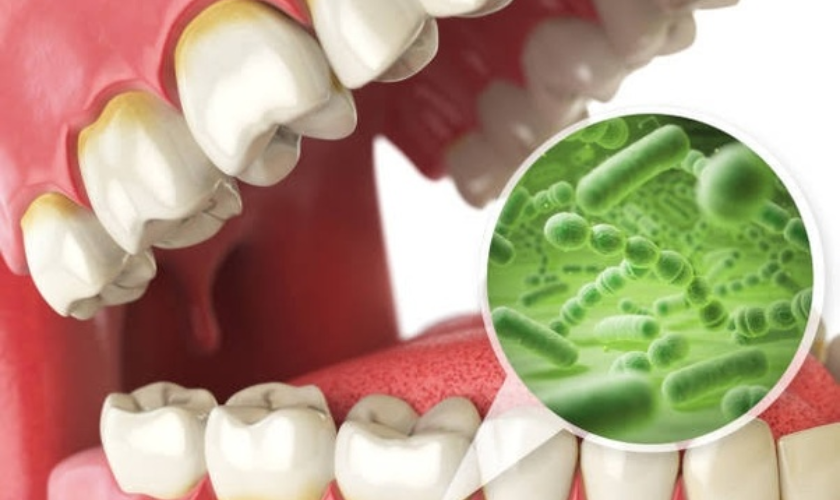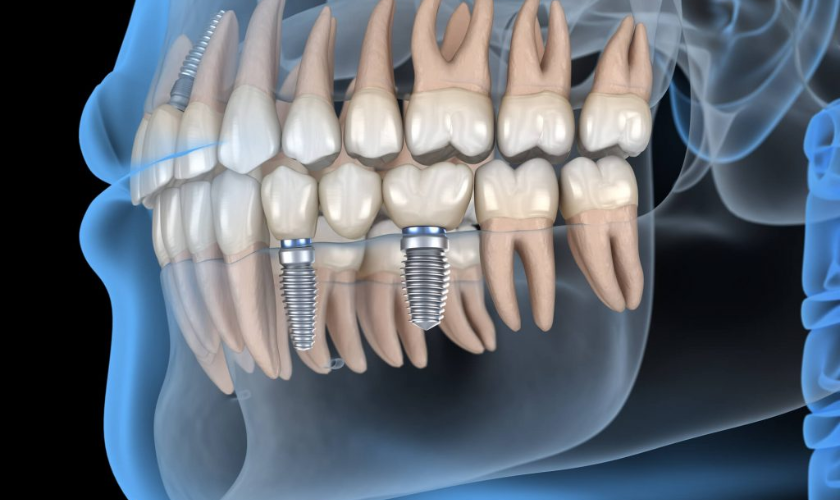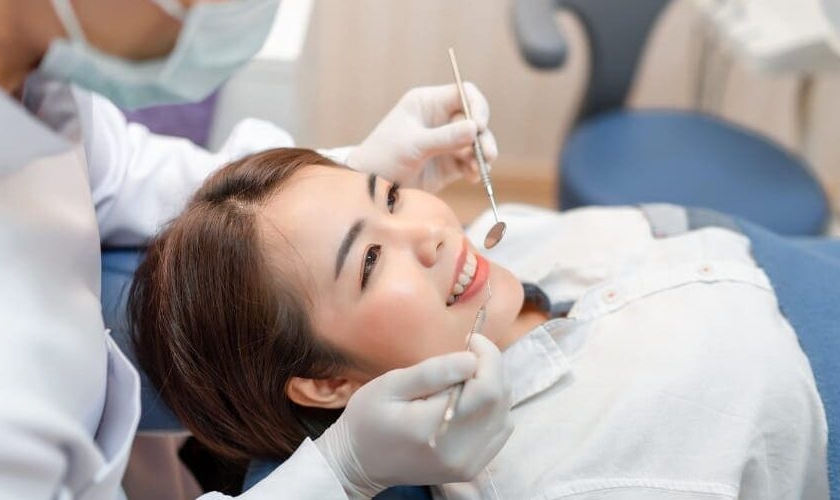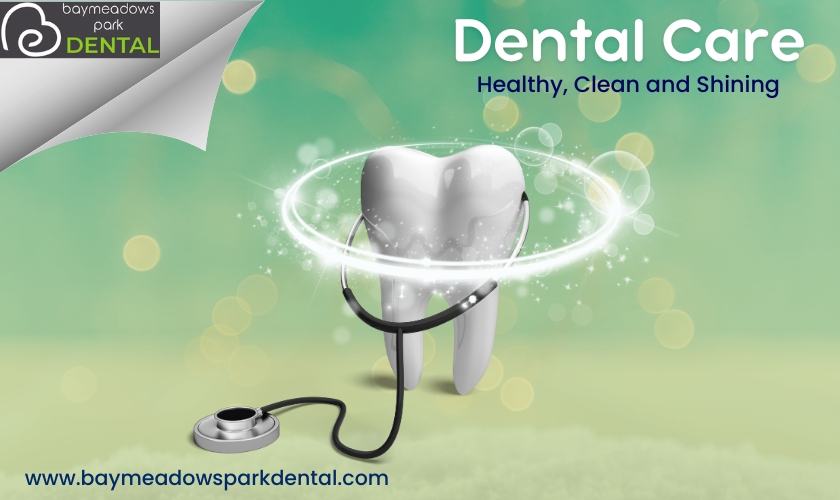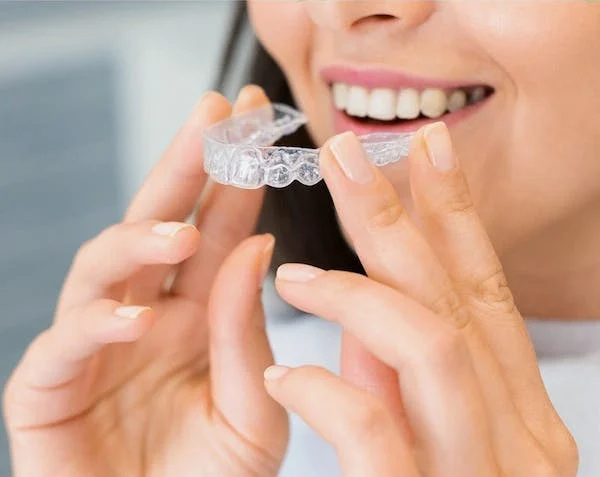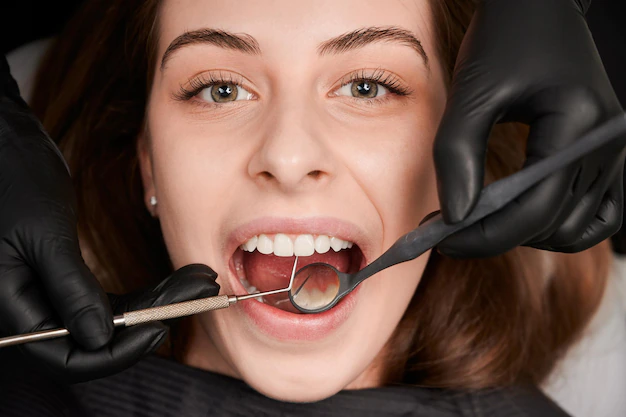Our mouths are teeming with life – a complex ecosystem of bacteria, both beneficial and harmful. While some mouth bacteria play a vital role in digestion and breaking down food, others can contribute to plaque buildup, cavities, and gum disease. Maintaining a healthy balance of these microbes is crucial for optimal oral health.
Fortunately, nature offers a bounty of herbs with properties that can support a healthy mouth. These herbs can be a natural approach to freshen your breath, lessen harmful bacteria, and promote oral health, but they shouldn’t be used in place of a regular dental appointment schedule and proper oral hygiene regimen. And promote overall oral well-being.
Understanding Mouth Bacteria
The human mouth is home to over 700 different species of bacteria, forming a complex biofilm known as plaque. While some of these bacteria are beneficial, others can contribute to various oral health problems.
Here’s a breakdown of the key players:
- Beneficial Bacteria: These bacteria help break down food particles and aid in digestion. They also help to crowd out harmful bacteria, maintaining a healthy balance in the oral microbiome.
- Bacteria that cause harm: These bacteria produce acids that break down tooth enamel and increase the risk of cavities by feeding on the sugars and starches found in the diet. They can also contribute to gum inflammation (gingivitis) and gum disease (periodontitis).
Maintaining a healthy balance between these types of bacteria is essential for good oral health.
How Herbs Can Help
Many herbs boast natural properties that can benefit oral health. Here’s a look at some of the common herbs and their potential contributions:
- Neem: A staple in Ayurvedic medicine, neem is renowned for its antibacterial, astringent, and antiseptic properties. Traditionally, neem twigs have been used for brushing teeth to remove harmful bacteria and freshen breath. Modern research also suggests neem extracts may help reduce plaque and gingivitis [1].
- Clove: Clove oil, known for its pain-relieving properties, also possesses antibacterial qualities. Studies have shown it to be effective against some strains of bacteria associated with cavities and gum disease [2]. However, concentrated clove oil can irritate the gums, so it’s best used diluted or in toothpaste formulations.
- Holy Basil (Tulsi): This revered herb in Ayurvedic medicine has natural antibacterial and astringent properties that can help combat harmful mouth bacteria and prevent infections [3]. Chewing on holy basil leaves is a traditional practice believed to freshen breath and promote oral health.
- Peppermint: A familiar favorite, peppermint not only freshens breath but also exhibits some antibacterial activity [4]. The refreshing taste of peppermint oil can also encourage good oral hygiene practices like brushing and flossing.
- Cinnamon: Beyond its warming flavor, cinnamon boasts antifungal, antibacterial, and antiviral properties. Research suggests it may help fight bacteria that contribute to plaque buildup and bad breath [5].
- Green Tea: Packed with antioxidants, green tea may offer some protection against gum disease. Studies suggest the catechins present in green tea can inhibit the growth of some harmful mouth bacteria [6].
Incorporating Herbs into Your Oral Care Routine
While herbs offer valuable support, they are not a magic bullet for oral health. Here’s how you can integrate them into your routine for a holistic approach:
- Herbal Mouthwashes: Many commercially available mouthwashes contain herbal extracts like peppermint, thyme, or echinacea. These can be a refreshing addition to your routine, but remember, they are not a substitute for brushing and flossing.
- Herbal Infused Toothpaste: Several toothpaste brands incorporate herbs like neem or clove oil into their formulations. These toothpaste may offer some additional benefits alongside regular brushing.
- Herbal Teas: Sipping on teas made with peppermint, green tea, or holy basil can help freshen your breath and potentially reduce harmful bacteria. However, limit sugary teas that can promote cavity formation.
- Chewing on Herbs: In some cultures, chewing on neem twigs or holy basil leaves is a traditional practice for oral hygiene. While this can be beneficial, ensure you are using fresh, clean twigs and practice proper oral hygiene techniques alongside it.
Important Considerations
Before incorporating herbs into your oral care routine, consider the following:
- Consult your dentist: If you have any pre-existing oral health conditions, consult your dentist before using any new herbal remedies. A dentist in Baymeadows can advise you on the best approach for your individual needs.
- Potential Side Effects: Some herbs, like clove oil, can be irritants if used in concentrated forms. Always dilute or use them in recommended dosages.
Maintaining a Healthy Oral Microbiome with Herbs
Dietary Choices and Oral Health
What we eat significantly impacts the health of our mouth bacteria. Sugary and processed foods can fuel the growth of harmful bacteria, leading to plaque buildup and cavities. Here are some dietary tips to promote a healthy mouth microbiome:
- Limit Sugary Foods: Sugar is a primary culprit in promoting the growth of harmful bacteria. Reduce your intake of sugary drinks, candies, and processed foods.
- Focus on Whole Foods: A diet rich in fruits, vegetables, and whole grains provides essential nutrients for a healthy mouth and body.
- Probiotics: Probiotics are beneficial living bacteria for your health. Consider incorporating probiotic-rich foods like yogurt, kimchi, or sauerkraut into your diet to potentially support the growth of beneficial mouth bacteria.
Flossing and Brushing: The Cornerstones of Dental Health
While herbs offer natural support, a consistent oral hygiene routine remains the cornerstone of good oral health. Here are some key practices:
- Brushing: Use fluoride toothpaste and brush your teeth twice a day for two minutes each time. Focus on cleaning all surfaces of your teeth, including the tongue and gum line.
- Flossing: Flossing daily removes plaque and food particles from between your teeth, where brushing can’t reach.
- Cleaning Your Tongue: Bacteria on the tongue can cause foul breath. Use a gentle tongue scraper or brush your tongue with your toothbrush to remove bacteria and freshen your breath.
Regular Dental Checkups
It is essential to see your dentist for routine cleanings and examinations to maintain good dental health. A dentist can detect early signs of cavities and gum disease, allowing for prompt intervention.
During your appointment, your dentist will:
- Perform a thorough examination of your teeth and gums.
- Take X-rays if necessary.
- Clean your teeth professionally to remove plaque and tartar buildup.
- Discuss any oral health concerns you may have and recommend appropriate treatment options.
A Multifaceted Approach to Oral Health
Maintaining a healthy mouth is a multifaceted endeavor. By combining a good oral hygiene routine with regular dental visits and incorporating natural support from herbs and a balanced diet, you can create an environment that promotes a healthy mouth microbiome and fosters optimal oral health.
- Consult your dentist before using any new herbal remedies for oral care.
- Herbs are a complementary approach, not a substitute for regular brushing, flossing, and dental checkups.
- A balanced diet rich in whole foods promotes a healthy mouth microbiome.
By prioritizing good oral hygiene practices and embracing natural approaches like herbs, you can take charge of your oral health and achieve a healthy, confident smile.

